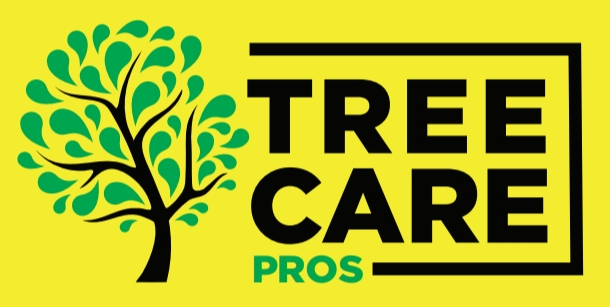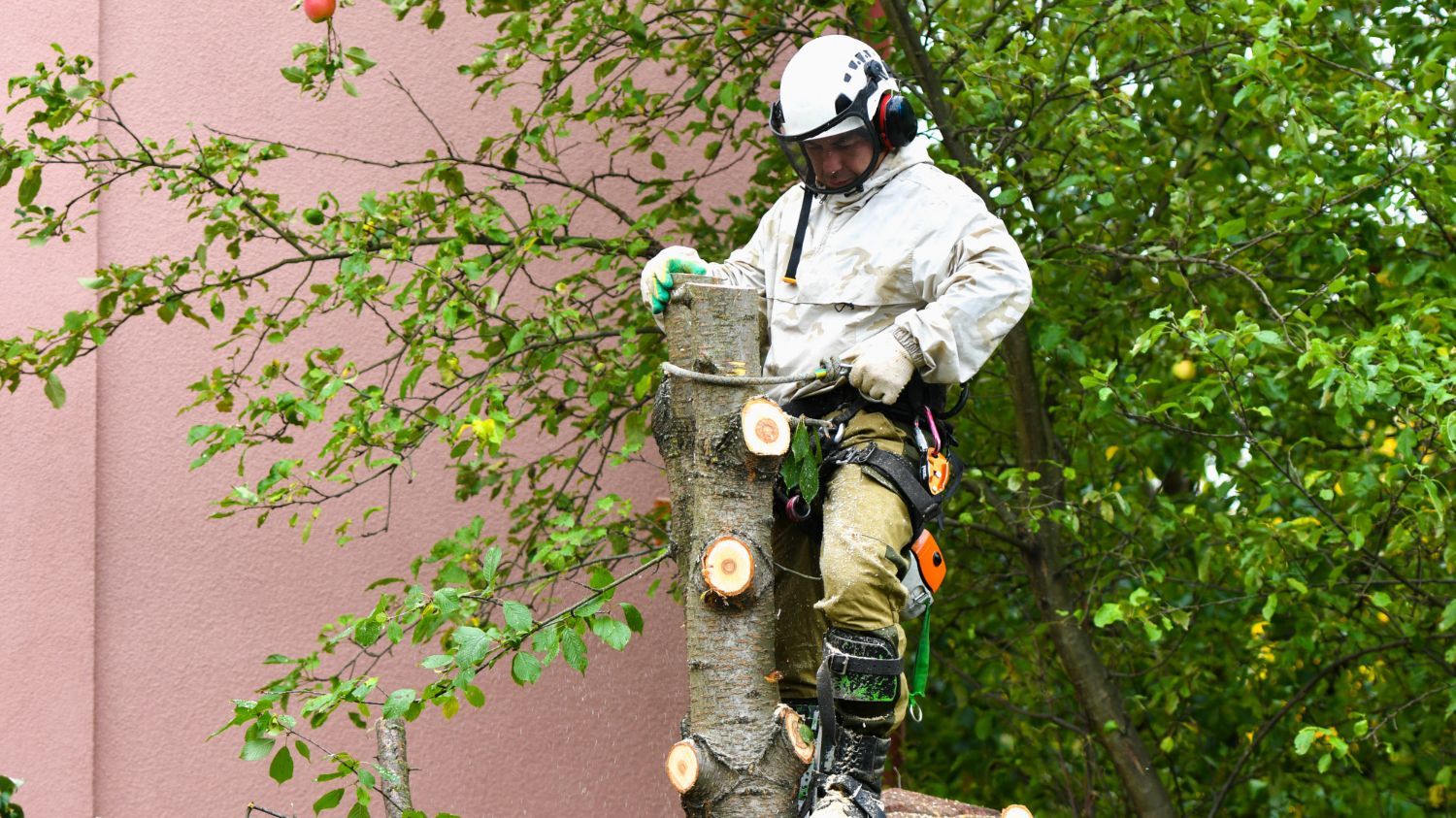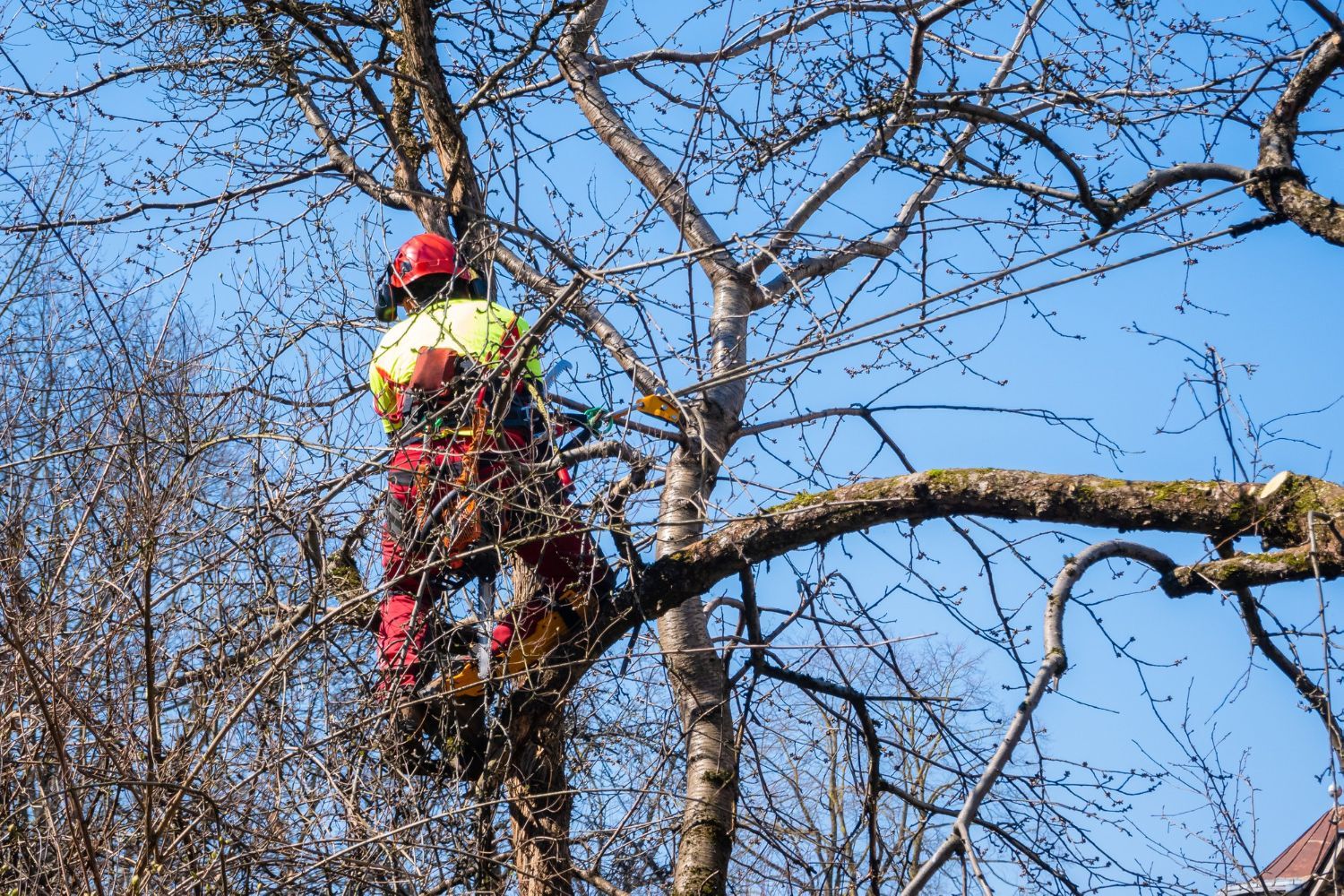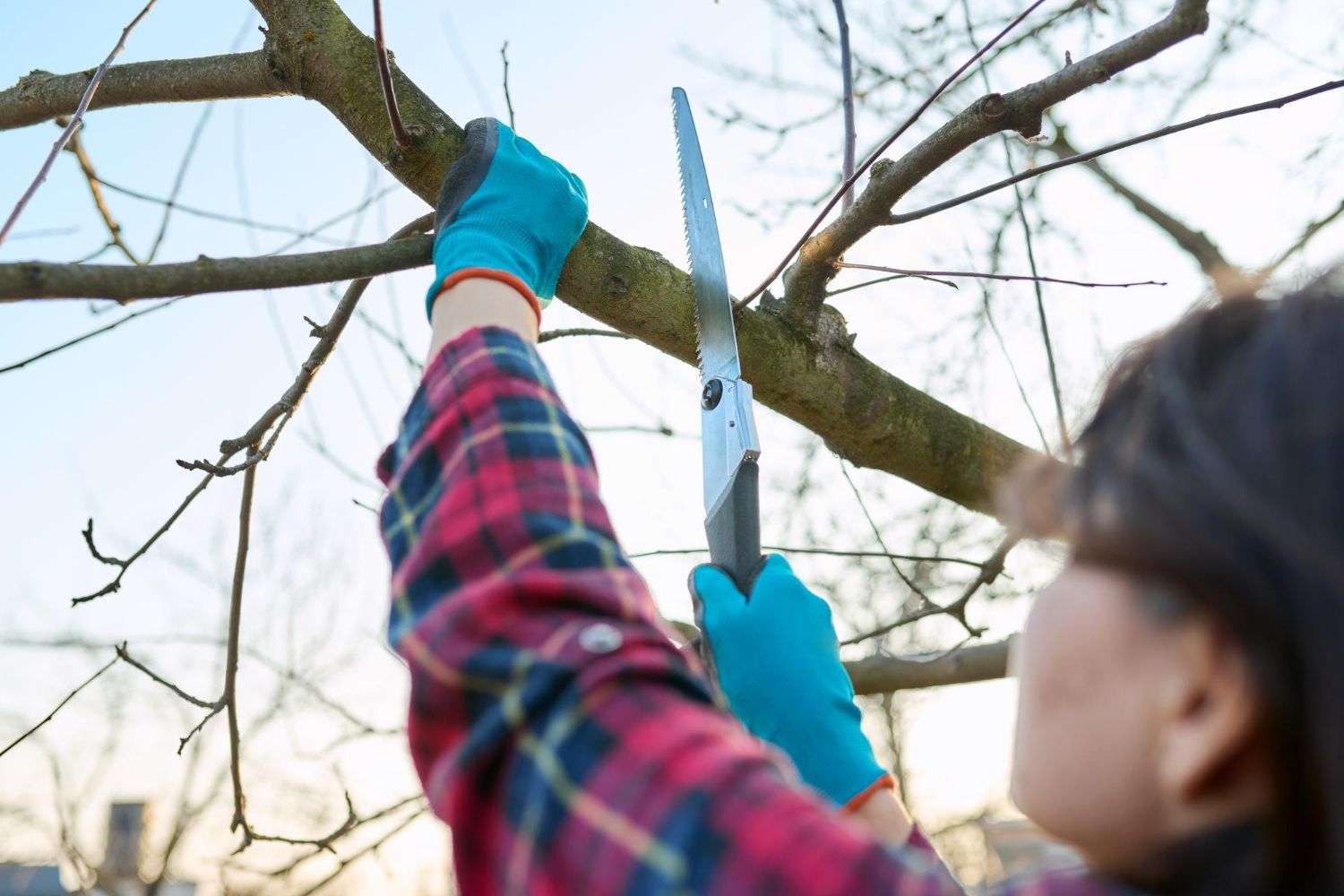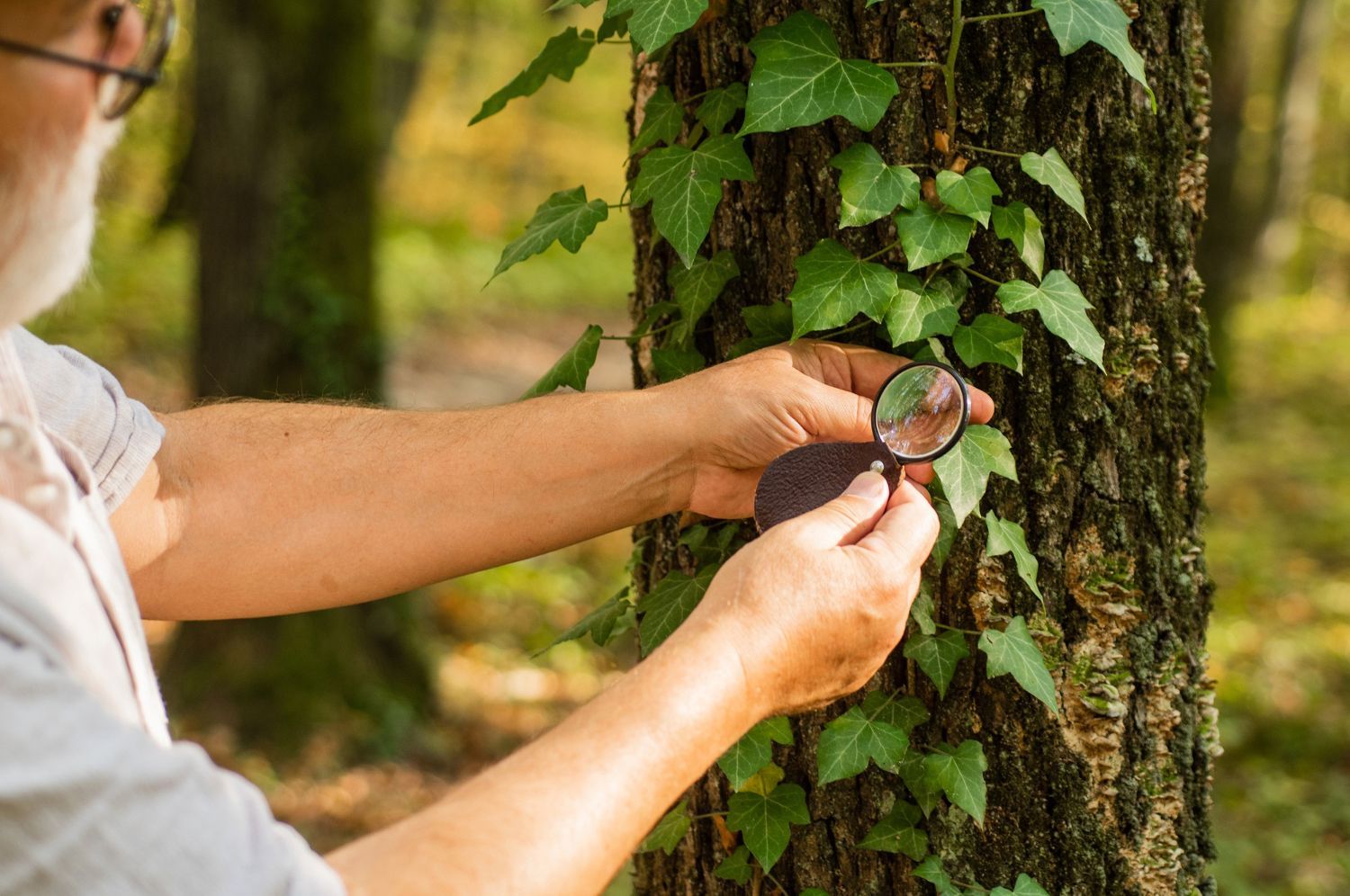Steps to Take When a Tree is Struck by Lightning
Lightning strikes can have a significant impact on trees, sometimes damaging them in ways that aren't immediately clear. When a tree is struck, the immense energy from the lightning bolt can cause extensive damage. This might include split bark, snapped branches, or even unseen internal harm. It's important to respond quickly and effectively to ensure safety and make informed decisions about the tree's future.
Firstly, it's crucial to approach the tree with caution. Damaged branches can fall without warning and pose risks to nearby structures or power lines. Besides obvious damage, lightning can affect a tree’s stability and health, so inspecting the tree thoroughly is necessary. By understanding the signs of damage, you'll be better equipped to decide the next steps, which might include providing care to the tree or considering removal if it poses a hazard. Taking these steps helps protect your property and keep everything around it safe.
Immediate Actions Post-Lightning Strike
When a tree is struck by lightning, it’s essential to act quickly and safely. Start by looking for initial signs of damage. Visible indicators include split bark, which can wind around the trunk in a spiral pattern, or large branches that are snapped or hanging. This visible damage reflects the extreme heat and energy from the lightning strike, which can instantly cause significant harm.
Safety is the priority after a lightning strike. Keep a safe distance from the tree until you assess the situation. Avoid standing directly under any hanging branches, as they may fall unexpectedly. Remember, if the tree is near power lines, there may be additional hazards. Contact local authorities or utility companies to take care of electrical concerns without delay.
Evaluate the surrounding area for any potential risks. Look to see if parts of the tree may threaten nearby structures or power lines. This assessment will help you decide whether immediate action is needed to prevent further damage. The goal is to ensure the safety of your surroundings while planning your next steps for the treated or affected tree.
Assessing Tree Damage and Health
After ensuring safety, take a closer look at the tree to understand the extent of the damage. Examine the tree's trunk and branches for any visible injuries or cracks that might compromise its structure. These injuries affect the tree’s ability to absorb water and nutrients and could lead to decay over time.
Next, pay attention to the tree's leaves. Changes in the leaves, such as wilting or showing signs of dieback, might indicate internal damage. This type of damage isn't always immediately visible but can affect the tree’s overall health. An early indication of internal harm is crucial for deciding the right course of action.
Finally, you need to determine if the tree is viable. Consider the tree’s structural integrity and potential recovery path. If you notice severe damage, like major fractures or significant root disturbances, the tree might be beyond saving. On the other hand, if the damage is less severe, you might have the opportunity to help the tree recover. This assessment will guide whether care and treatment should begin or if tree removal is necessary.
Treatment and Care for Struck Trees
Once the initial damage has been assessed, it's time to provide care for the lightning-struck tree. Start by removing any broken branches. These damaged parts can become entry points for pests or diseases, so cleaning them up promptly helps protect the rest of the tree. Use clean, sharp tools to make smooth cuts that encourage healing.
Next, focus on helping the tree recover its vitality. Water the tree generously, but do not overdo it, especially during drought conditions. Lightning can damage roots, making it harder for the tree to take up water, but consistent watering helps. Fertilization can also support recovery by providing essential nutrients that the tree may struggle to draw up naturally due to root damage.
Monitoring the tree's health is crucial in the weeks following a strike. Watch for signs of further decline, such as more wilting or additional dieback. If the tree begins showing more severe symptoms, further intervention might be necessary. Regular check-ups help ensure the tree is on the right path to recovery, allowing you to make timely decisions regarding its future.
Deciding on Tree Removal or Professional Intervention
In some cases, a tree struck by lightning might not recover fully or could pose a risk to safety. Identifying when a tree needs removal is critical. If it leans significantly, has large broken limbs threatening structures, or shows extensive decay, removal is likely necessary to prevent accidents.
Consulting professionals is often the best step when unsure about a tree's condition. Trained arborists can perform a thorough health assessment and provide expert advice on whether the tree can be saved or if it presents a hazard. They have the tools and knowledge to safely manage trees that need careful handling, especially if the tree is large or in a tricky location.
Knowing when to call in experts is key. If you observe substantial damage, such as a cracked trunk or significant root upheaval, it's time to seek professional help. Taking action can prevent problems from escalating and protect your property and loved ones.
Conclusion
Lightning strikes are powerful and can quickly turn your beautiful trees into dangerous hazards. Regular maintenance before storms can help reduce risks and ensure trees are more resilient. Pruning trees to remove dead branches and ensure they’re healthy makes them less likely to suffer severe damage.
Professional care makes a difference whether you’re dealing with trees after a strike or preparing them to withstand future storms. It safeguards not just the aesthetics of your property but also its safety. Remember that even if a tree looks alright from the outside, internal damage can still be present, so keeping a watchful eye helps prevent surprises later on.
To make sure your trees recover or to assess any damage, reach out to Barrie Tree Care Pros. Our team is ready to help, providing expert assessment and tree service in Barrie tailored to your needs. Contact us today to learn how we can assist you in maintaining a safe and healthy landscape.
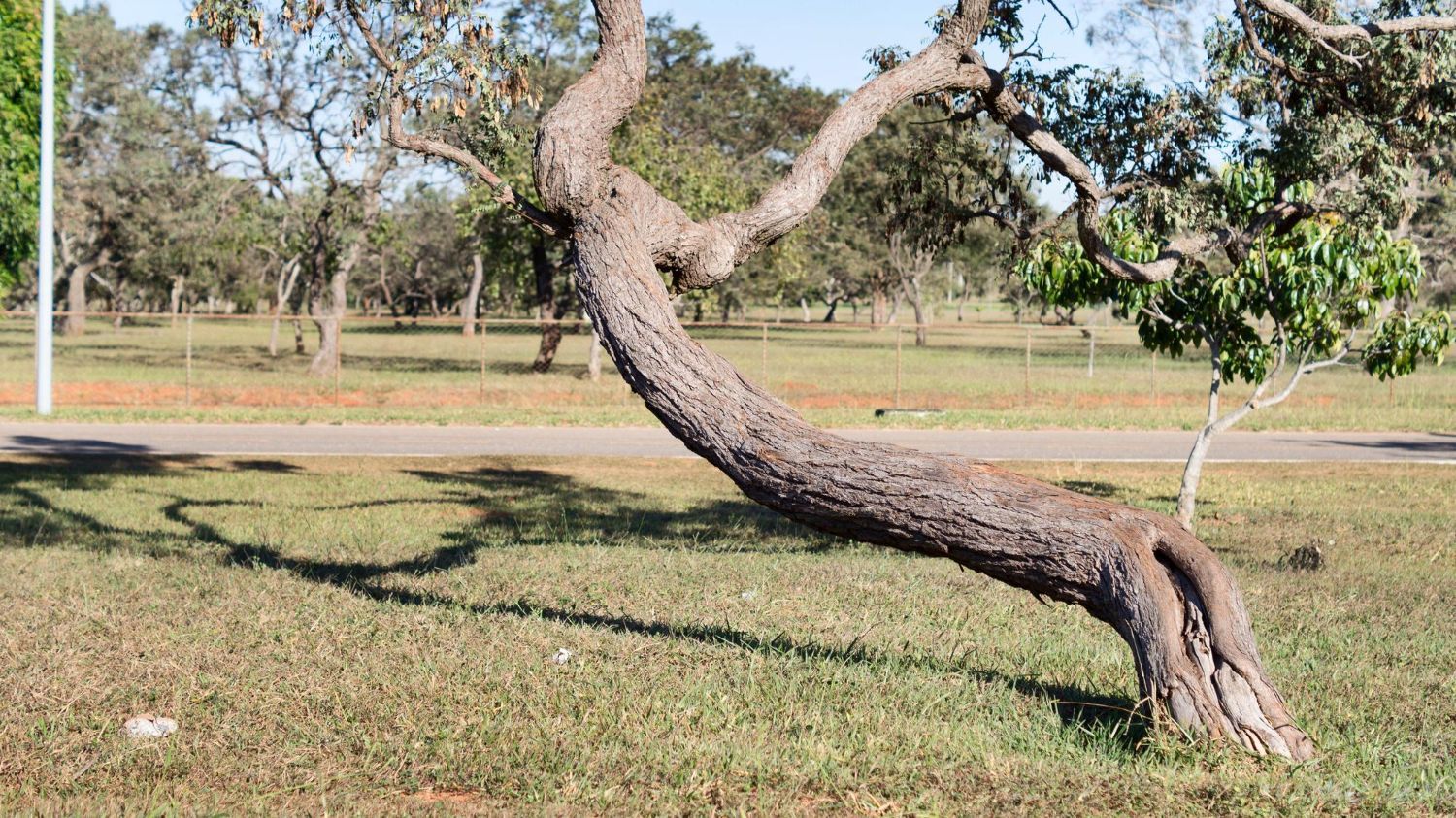
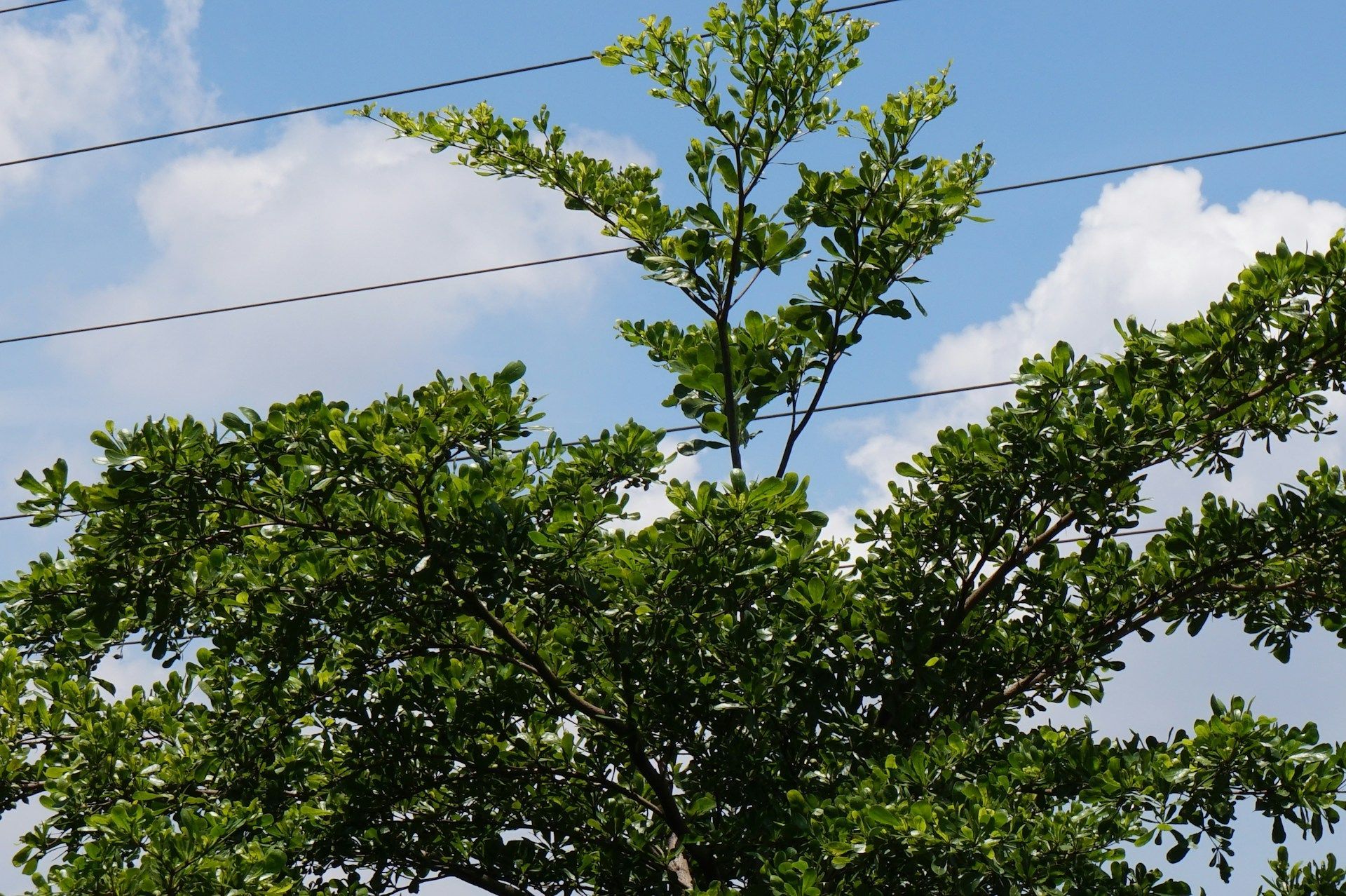
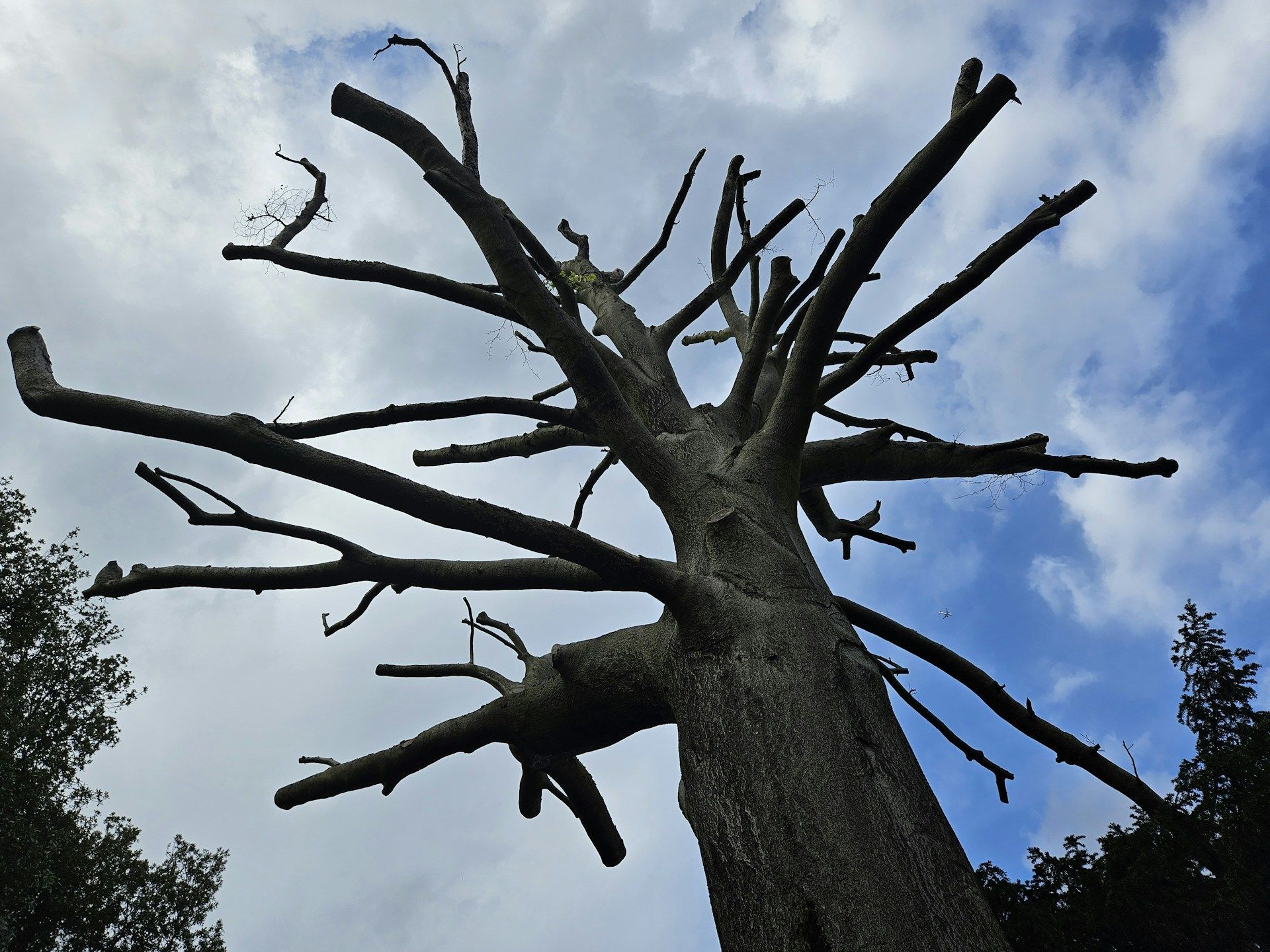
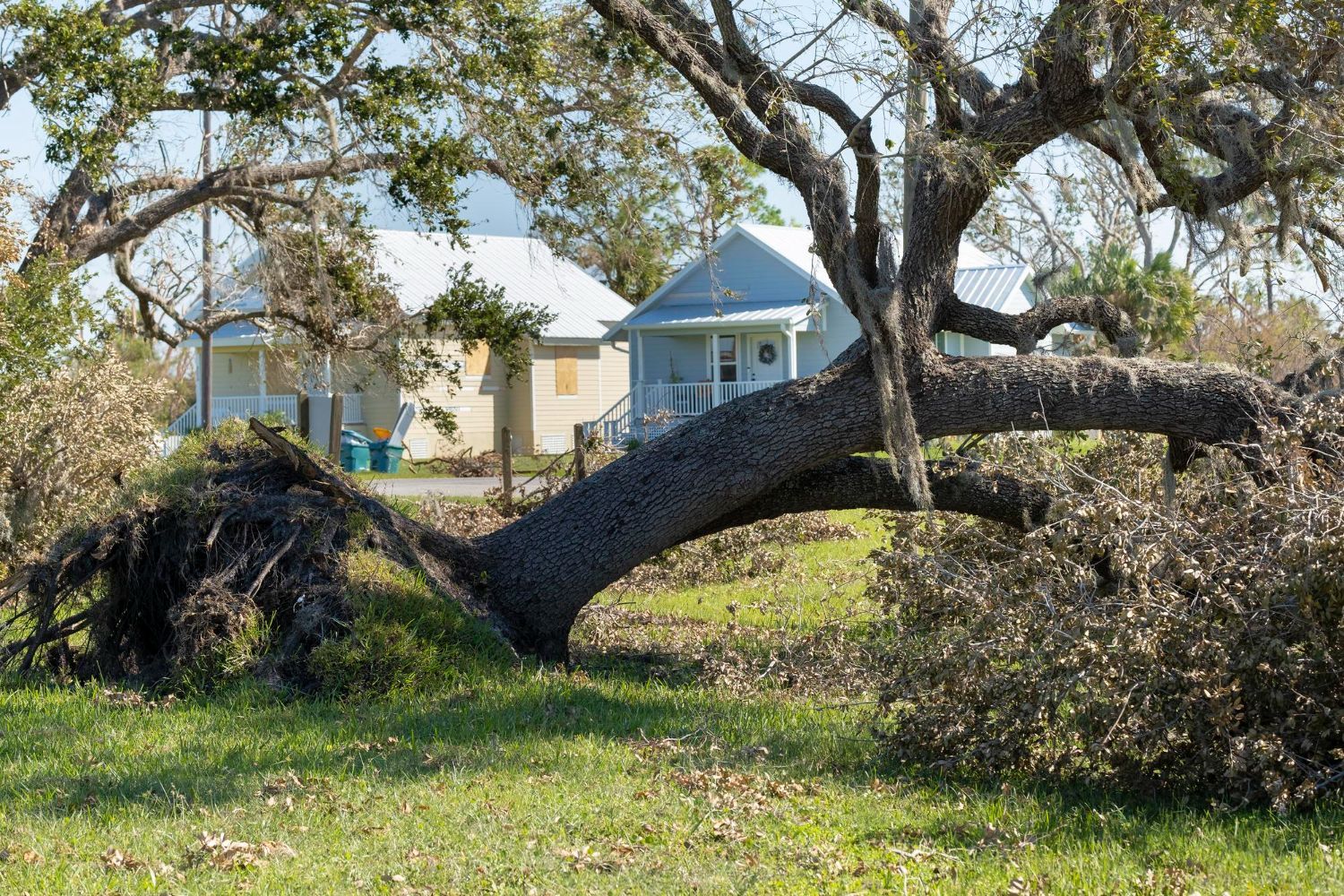
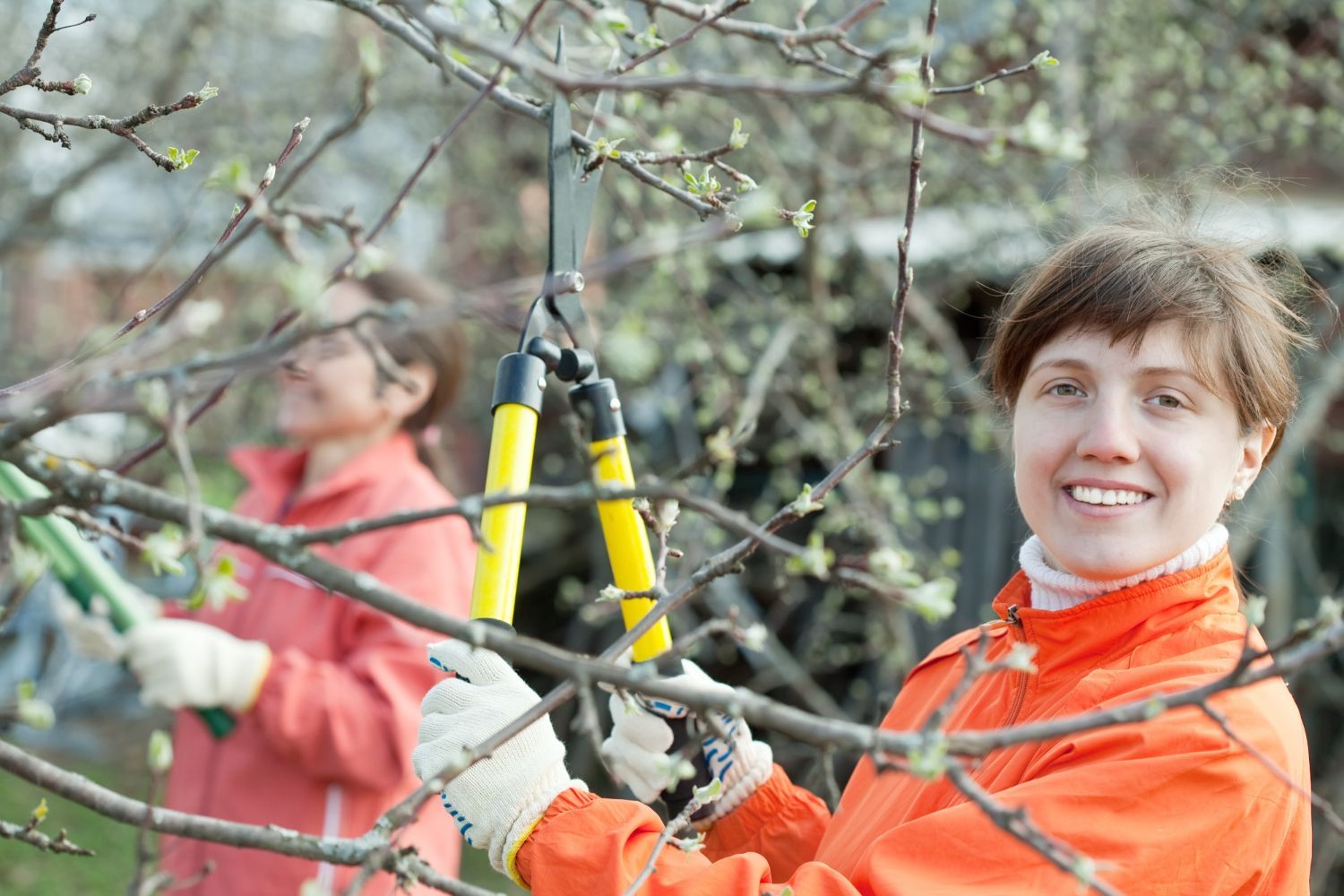
Contact
(705) 805-3696
service@barrietreecare.com
M-S - 9:00 AM - 5:00 PM
Serving Barrie | West Gwillimbury | Innisfil | Mara | Matchedash | Medonte | Nottawasaga | Orillia | Oro | Rama | Tecumseth
Copyright © 2017 Barrie Tree Care Pros, All Rights Reserved
This website is managed by a marketing service for the home improvement industry. All work is performed by licensed and insured contractors. We serve the public by referring inquiring parties to the most qualified expert.
